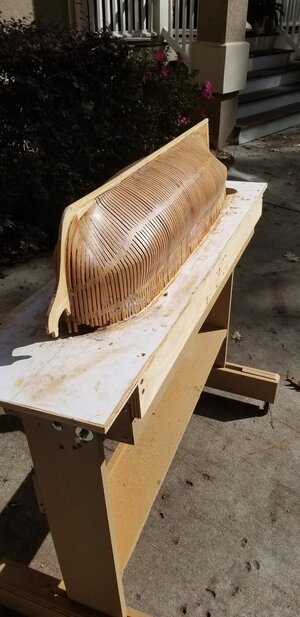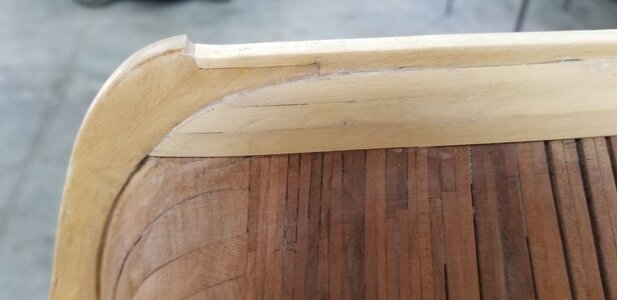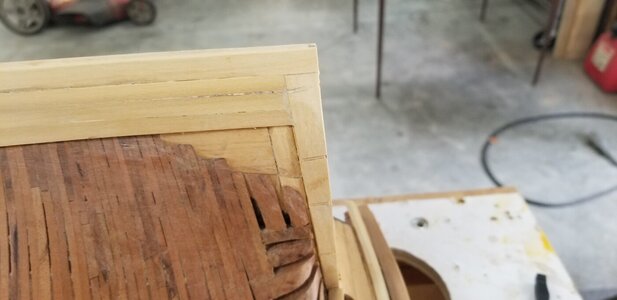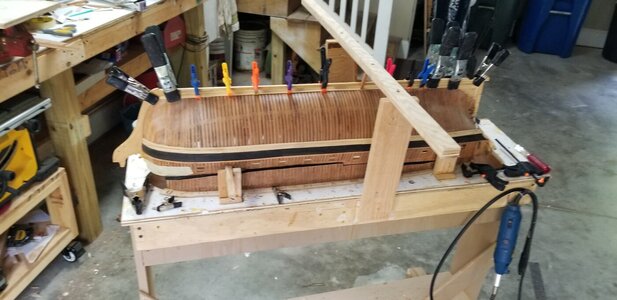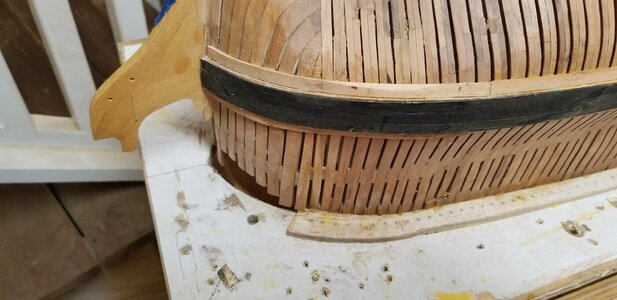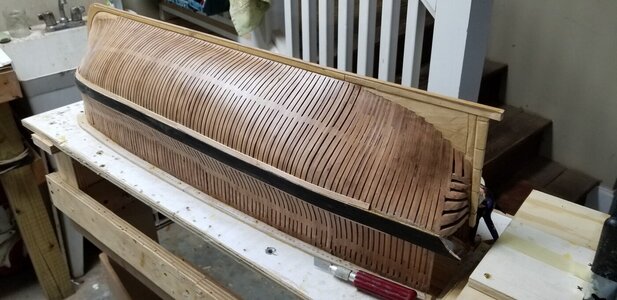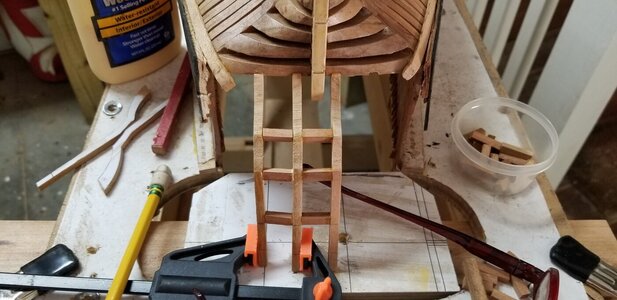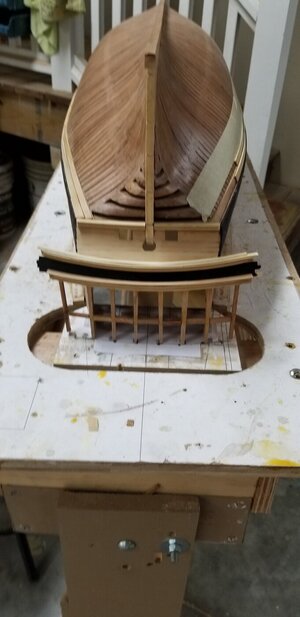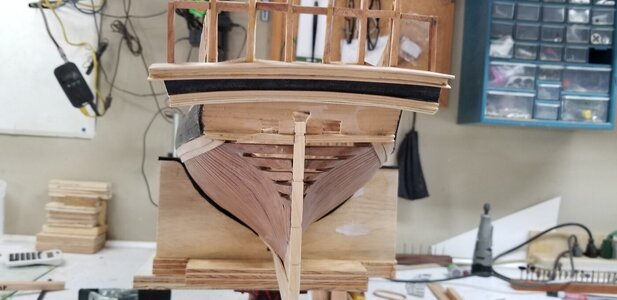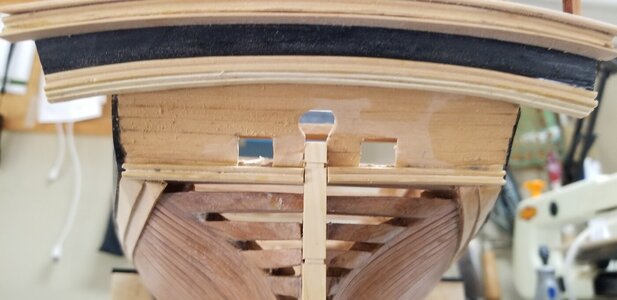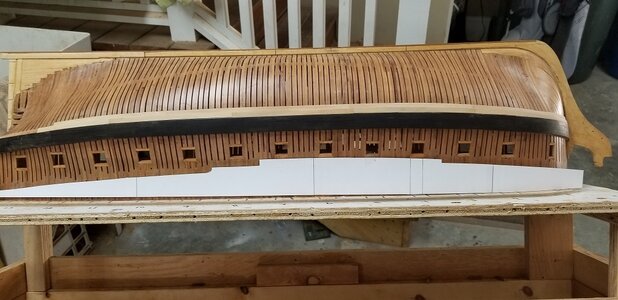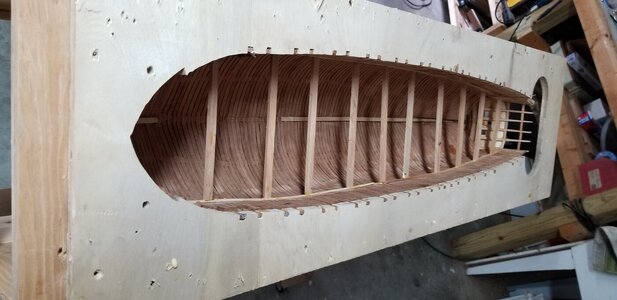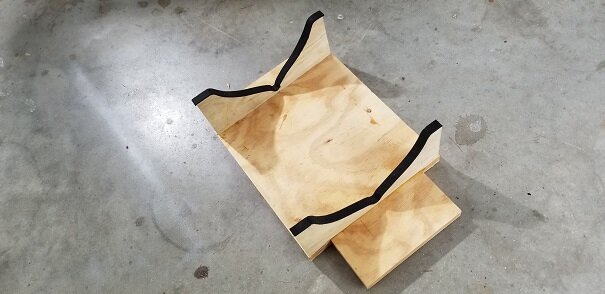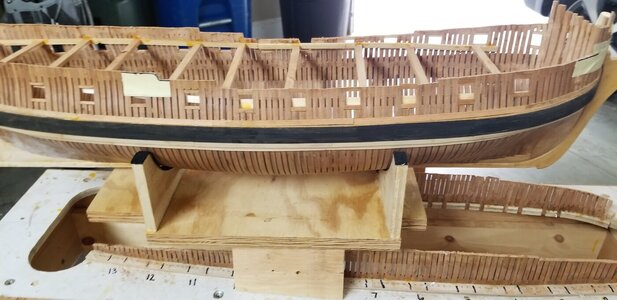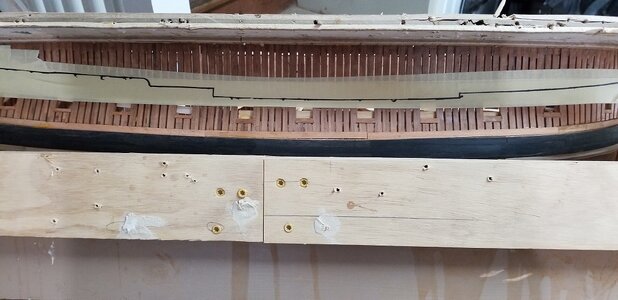Hello all, I joined about a month ago and mentioned my current project from a William Romero practicum. The HMS Triton. It's a practicum that follows Romero's published practicum of the HMS Warrior. That practicum is 5 volumes. some are hard to get. Fact is that Bill Romero himself got me started on the Triton project. I started communicating with him about 8 years ago. I was interested in his Warrior practicum and wanted volume 2. Went down to see him. He didn't have the book. He twisted my arm to do the Warrior. He gave me CD's and a set of drawings and patterns. The model is scaled at 1/4" or 1:48. So here I am.
Let me start with tools. I mill my own lumber I do it with a Dewalt 8 1/2" circular saw, A Byrnes Saw, and a Preac saw. I have a thicness sander to finish it off.
My materials come from a milling yard where I buy a ten foot piece of raw cherry. I have Mike use his chain saw to cut that log into 4 sections so I can get it in my car. With those pieces I cut each one down to billet stock. The main dimension for the frame patterns is 1 1/4". The other two dims are nominal.
The 106 frames of the Triton are three thickness sizes in the model 1/4, 7/32, 3/16. I will use the Byrnes saw to cut slats 1/8", 7/64", 3/32. I'll cut all of one size at a time to make sure that when I set the first piece to exact thickness all of them will be the same. The photo below shows the three stages of material. 9/64 stock is for a different model.
I'm going to organize some photos so I can proceed.
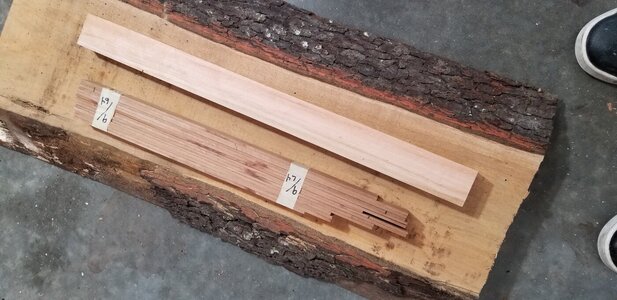
Let me start with tools. I mill my own lumber I do it with a Dewalt 8 1/2" circular saw, A Byrnes Saw, and a Preac saw. I have a thicness sander to finish it off.
My materials come from a milling yard where I buy a ten foot piece of raw cherry. I have Mike use his chain saw to cut that log into 4 sections so I can get it in my car. With those pieces I cut each one down to billet stock. The main dimension for the frame patterns is 1 1/4". The other two dims are nominal.
The 106 frames of the Triton are three thickness sizes in the model 1/4, 7/32, 3/16. I will use the Byrnes saw to cut slats 1/8", 7/64", 3/32. I'll cut all of one size at a time to make sure that when I set the first piece to exact thickness all of them will be the same. The photo below shows the three stages of material. 9/64 stock is for a different model.
I'm going to organize some photos so I can proceed.

Last edited:


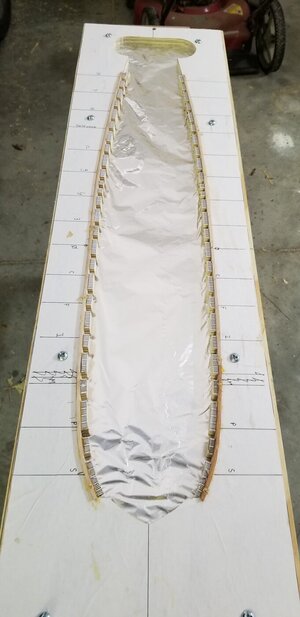
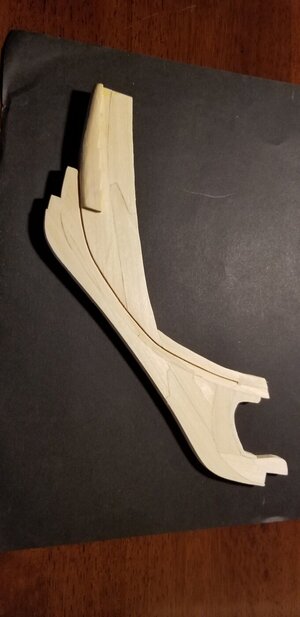
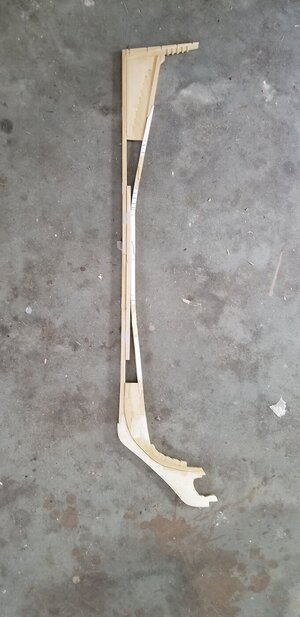
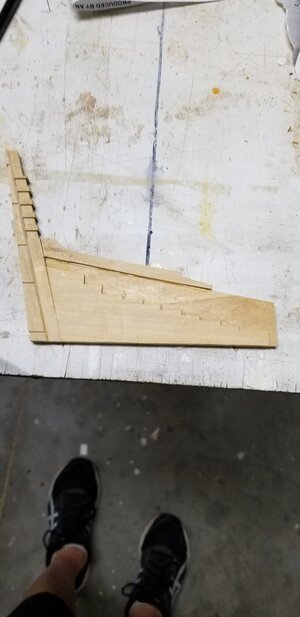
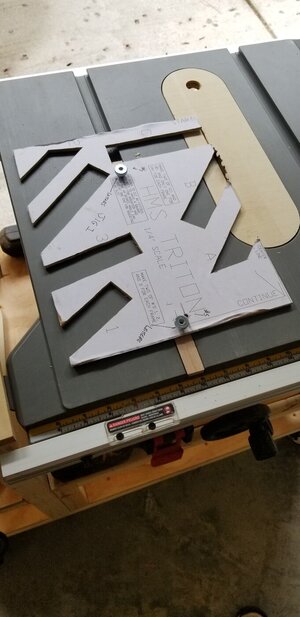
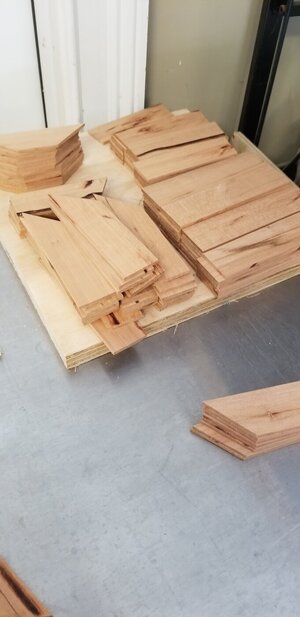
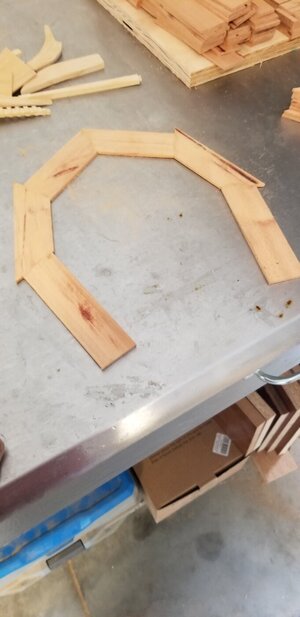
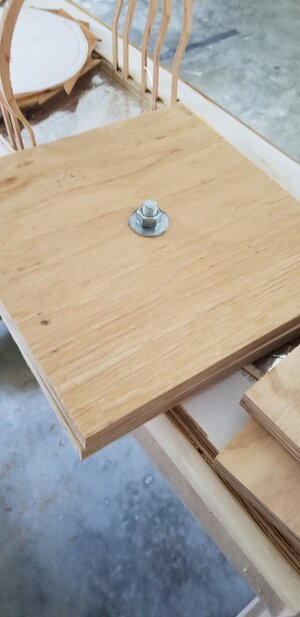
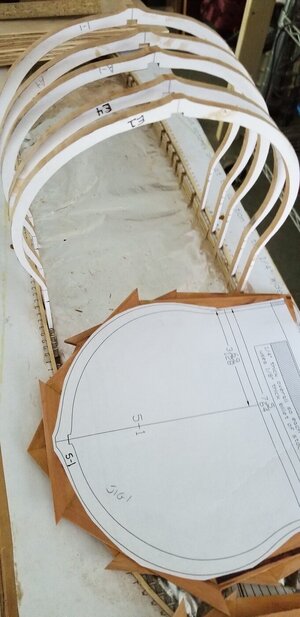

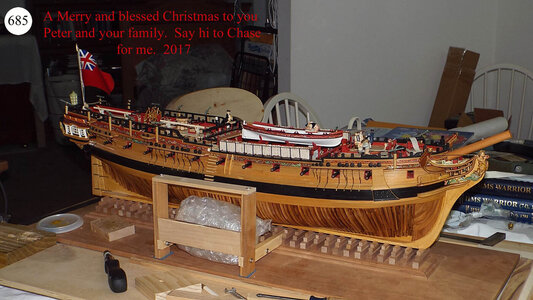
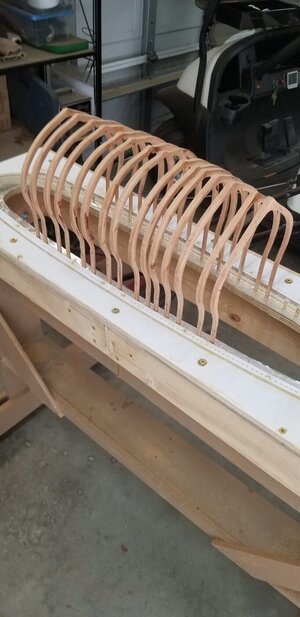
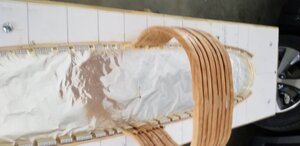


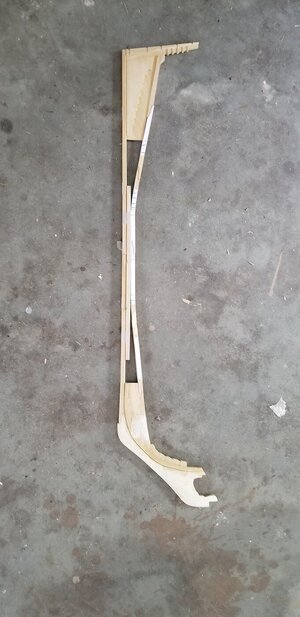
![20210520_204803[1].jpg 20210520_204803[1].jpg](https://shipsofscale.com/sosforums/data/attachments/295/295000-9b2292e2183bd63dd93ca05d4df35d3f.jpg)
![20210520_204806[1].jpg 20210520_204806[1].jpg](https://shipsofscale.com/sosforums/data/attachments/295/295004-7dfacf59f8b526695b715aba39b9b52b.jpg)
![20220528_104208[1].jpg 20220528_104208[1].jpg](https://shipsofscale.com/sosforums/data/attachments/295/295005-4050ad612d05fb46aaf8b329b7ef5332.jpg)
![20220528_104215[1].jpg 20220528_104215[1].jpg](https://shipsofscale.com/sosforums/data/attachments/295/295006-4f50246317a9a8bdd52fd21925eb615a.jpg)

![20231010_165951[1].jpg 20231010_165951[1].jpg](https://shipsofscale.com/sosforums/data/attachments/383/383282-4e5f3ed748f0ac86506d66a9abd363b2.jpg)
![20231010_165956[1].jpg 20231010_165956[1].jpg](https://shipsofscale.com/sosforums/data/attachments/383/383283-41cb6838055a6735487220fb3b454b03.jpg)
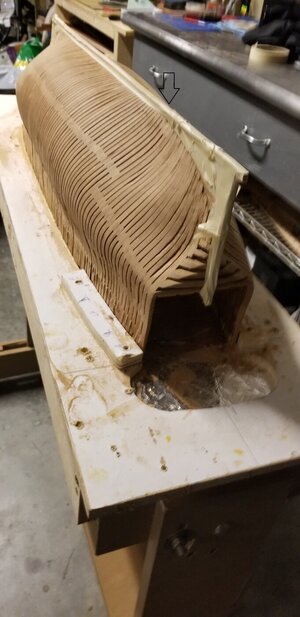
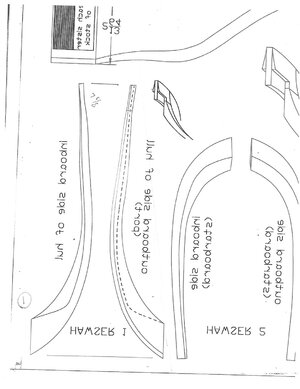
![20231010_205402[1].jpg 20231010_205402[1].jpg](https://shipsofscale.com/sosforums/data/attachments/383/383291-873059df5bbc5054906c485e0cadce48.jpg)
